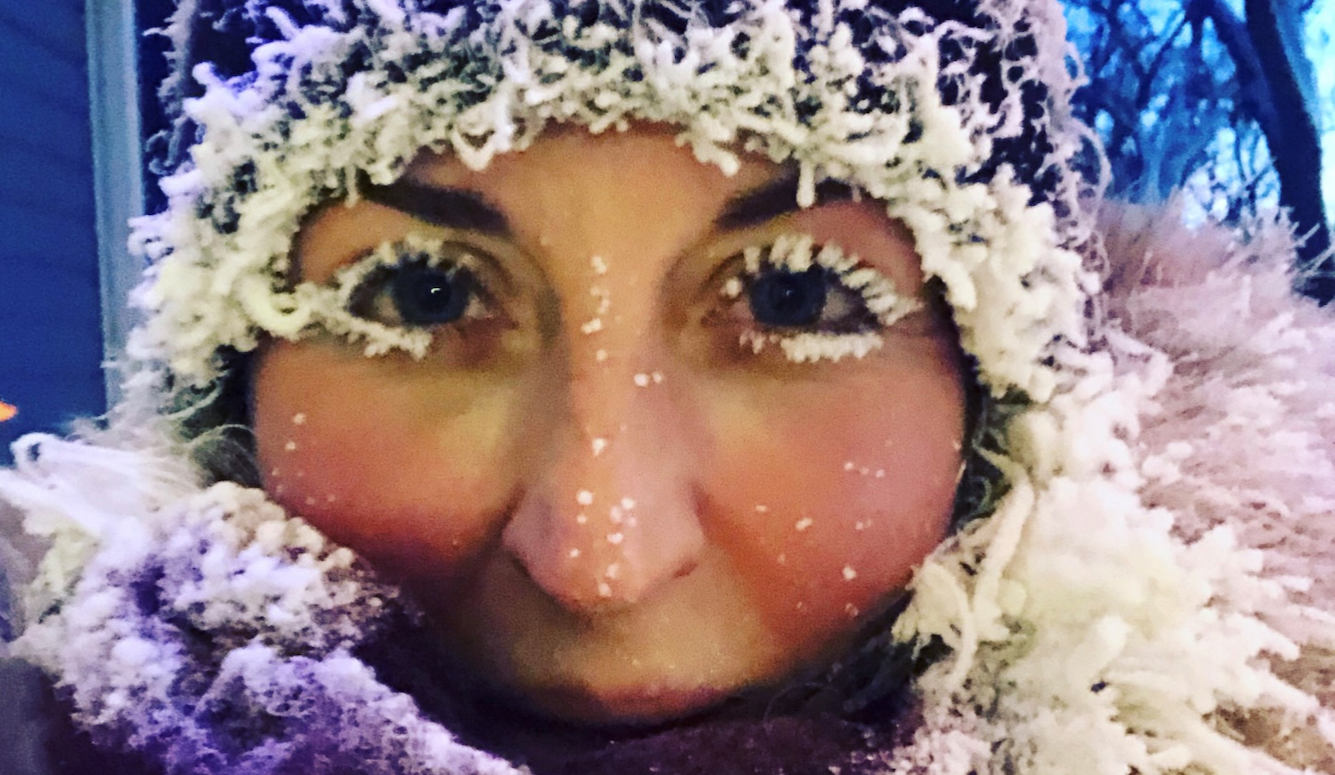
It is said that the Inuit have 52 words for snow. Snow is as varied as the clouds from which it comes. When temperatures drop below -10ºC, the snow no longer melts if it is compressed. That means that when you walk on it, the ice crystals themselves rub against each other making a kind of creaking noise. When temperatures fall further still, around the -30ºC mark, the sound of ice crystals rubbing each other become more of squeak; it is a sound that is at once louder and more delicate than the creak of mid-level cold.
When the temperatures are closer to the freezing mark, around -3ºC, the snow crystals melt together. This produces storybook snowfalls. Each flake (which is actually a fluffy collection of flakes) is a little pillow that muffles all noise so that even in the midst of a busy city, one hears nothing but silence all around. The opposite is true of frigid clear-skied cold. At -35ºC, with no wind, sound travels far and clear. Noises themselves develop a kind of glass-like clarity, as though the sound waves themselves have been turned to crystal, a sharp but thin kind of sound. One can often see the ice crystals in the air. They form a halo around the sun. On a cold sunny morning, the air itself sparkles with thousands of dazzling crystals.





